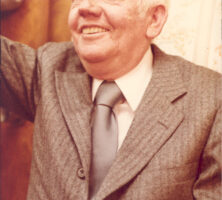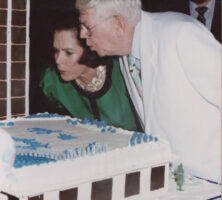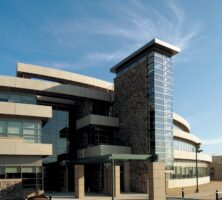John Amos was a lawyer, businessman, and civic leader who in 1955 founded the American Family Life Assurance Company (now known as Aflac) in Columbus with his brothers William and Paul. An entrepreneur with a head for business and a heart for politics, “Mr. John” made many of the decisions that enabled the company to become the world industry leader that it is today.
Early Years
John Beverly Amos was born in Enterprise, Alabama, on June 5, 1924, and spent some of his youth in Milton, Florida, where as a teenager he set type for a local newspaper and eventually published his own local tabloid, the Jay Tribune. He graduated from the University of Miami, where he met his wife, Cuban emigrant Elena Diaz-Verson, and earned a law degree from the University of Florida.
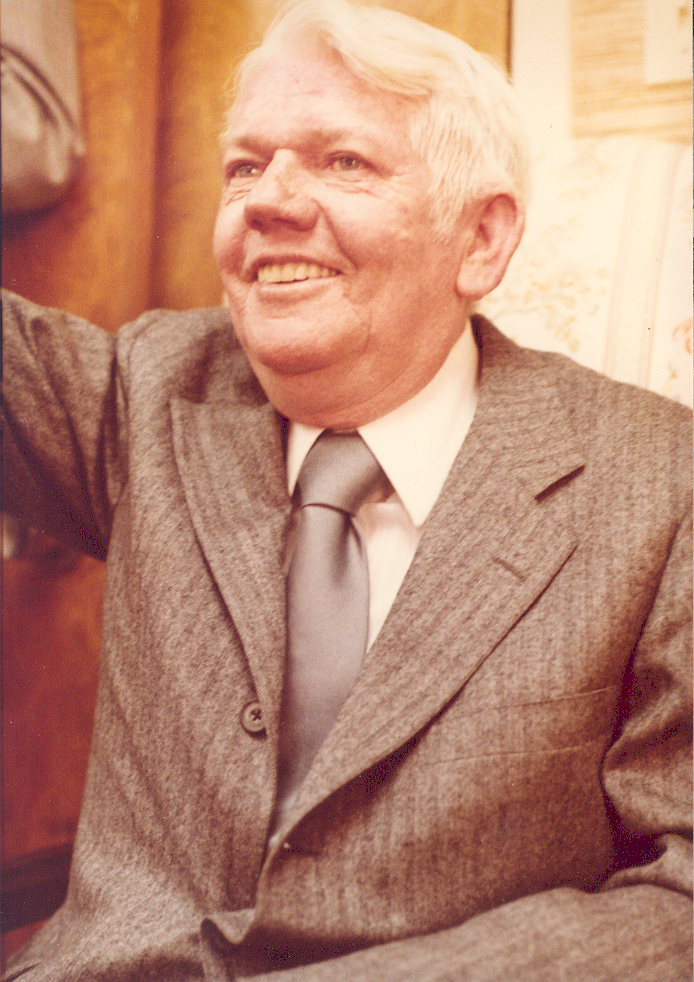
He began his career as a city attorney for Fort Walton, Florida, and in 1952 he ran unsuccessfully for political office. After the defeat, he became the general counsel to the Southern Governors Association and special attorney to the governor of Florida. He also was hired to negotiate agreements for establishing a gas pipeline system to serve Okaloosa County, Florida. Through that legal work, he earned $40,000 in fees, which became the seed money for Aflac.
Insurance Business
In 1954 the Amos family moved to Jacksonville, Florida, where Amos was a partner in the Presidential Insurance Company. Shortly after this move, Amos began to contemplate starting his own company.
Several factors influenced his selection of Columbus, Georgia, as the headquarters for his new venture. Georgia’s state government had a respected insurance department, and the climate for the insurance business was friendly in the state. Also, Columbus had a large enough population to support an insurance company, and there was not one already headquartered there. Finally, Columbus, home to Georgia’s oldest branch of Merrill-Lynch, had a strong tradition of citizens investing and providing capital for business. In the earliest days of the company, Amos, his brothers, and other salespeople spent time convincing area residents to buy stock in the company to develop the financial backing required to issue insurance.
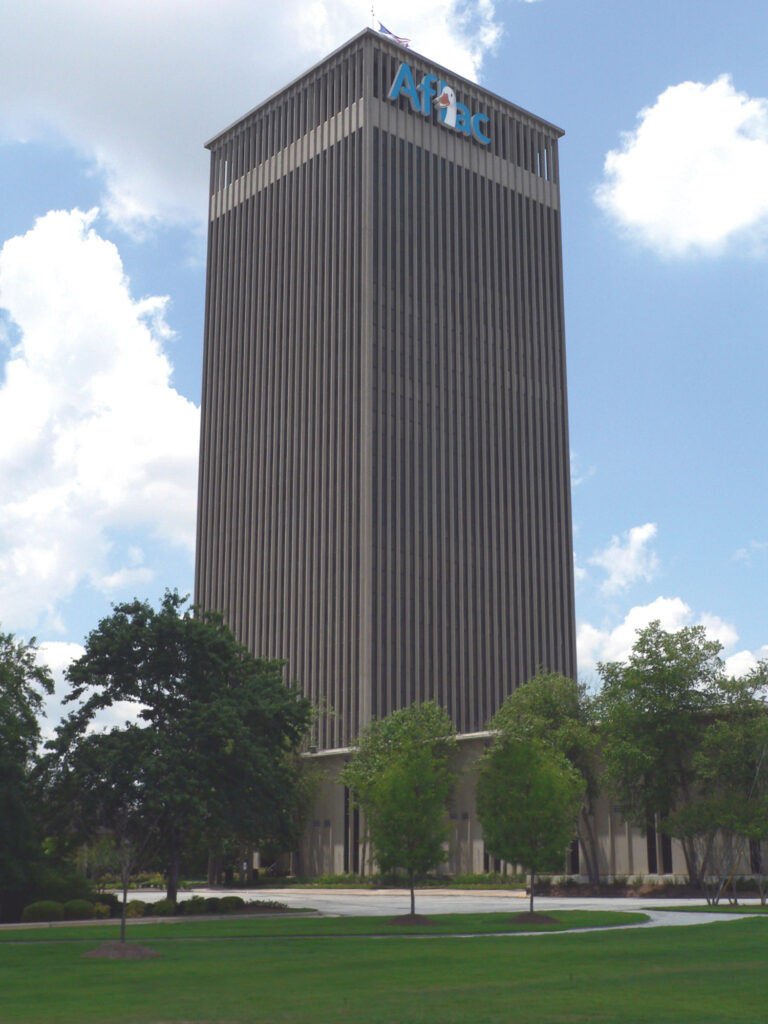
In 1958 Amos took the company in a new direction, offering specialized insurance for cancer. This type of coverage proved successful, and the company grew. However, in offering a specialized policy, the company struggled to deal with industry regulations and such business practices as “coordination of benefits,” in which general insurers would pay reduced benefits if policyholders also had specialized coverage. In 1964 the company began to sell coverage to groups and businesses, which enabled their products to be purchased through payroll deductions.
In 1974 company officials made perhaps their most significant move when they obtained a license to sell insurance in Japan. Amos decided to take the company in this direction after traveling to the Osaka World’s Fair in 1970. In all of his business decisions, Amos benefited from relationships he had cultivated through long involvement in local, statewide, and national politics. He also benefited from having a solid sense of public relations and of the role of the media.
Politics and Media
In 1961 Amos chaired a citizens’ advisory committee that investigated consolidation between Columbus city and Muscogee County governments. The city and county consolidated in 1963—the first such arrangement in Georgia—although they did not follow the government model that Amos had envisioned.
Amos was also active in the Democratic Party and was one of the earliest leaders in Columbus to host integrated political and social gatherings. He served as a mentor to Albert Thompson, the first African American from Columbus elected to the state legislature since Reconstruction, and found an ally in George Ford, a funeral director and leader of the local National Association for the Advancement of Colored People, who was the “unofficial mayor” of the African American community in Columbus during the 1970s.
On the national scene, Amos bought a townhouse in Washington, D.C., and networked with politicians of both political parties. In 1974, soon after the Federal Election Campaign Reform Act limited amounts of individual donations to campaigns, Amos started the American Family Political Action Committee (AFPAC).

In 1973 Amos founded a weekly newspaper in Columbus, Thursday, and a magazine, National Comment, neither of which succeeded. In 1977 he bought a television station in Columbus. By 1991 he had built a network of seven stations, the American Family Broadcast Group, which was a subsidiary of the insurance company. The stations were all in medium-sized towns and focused on local news. This success in media garnered Amos the Georgian of the Year title for 1986 from the Georgia Association of Broadcasters.
Amos’s biggest political and media challenges arose in the late 1970s. Newspaper and television reports were making allegations about the business practices of catastrophe insurance companies, accusing them of exploiting elderly customers and offering low value products at high prices. Amos testified at hearings before two congressional committees and presented evidence that American Family customers were pleased with their products and services. He also sued the television network ABC for libel over reports that presented out-of-context scenes between American Family salespeople and elderly clients. He later agreed to settle that case to avoid further publicity about ABC’s charges. During this struggle, stock prices fell, and the company lost money, but American Family bounced back because of Amos’s continuous efforts to maintain good public and governmental relations.
Philanthropy and Legacy
Amos, along with his wife, supported a variety of causes in Columbus and elsewhere throughout his life. He served on the board of trustees for Morris Brown College in Atlanta, and he also donated one of his homes to become a youth center after his family moved to the grounds of the Aflac headquarters. He spearheaded the campaign to raise funds for a cancer center at Columbus Medical Center and also supported medical research at Duke University in Durham, North Carolina. He and Elena were influential in bringing the U.S. Army’s School of the Americas (a training institute for military officers and police from Latin America) to Fort Benning (now Fort Moore) in 1984. They also were involved in promoting Latin American studies and in anti-Castro activism.
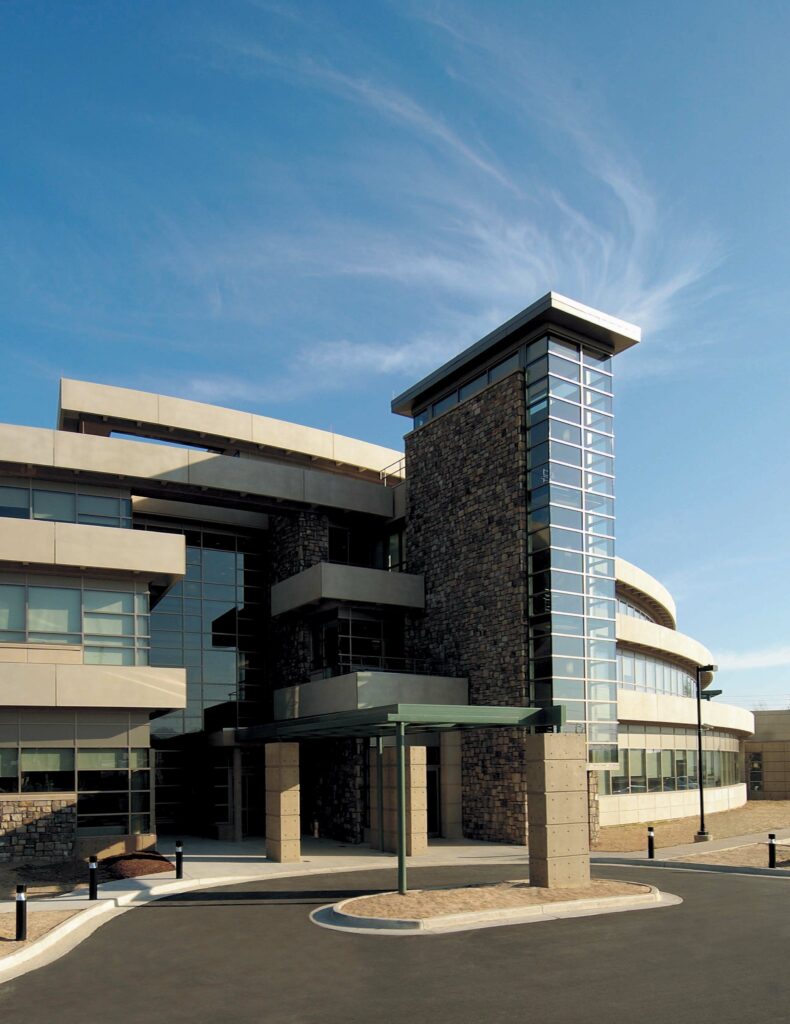
Amos died of lung cancer on August 13, 1990, at the age of sixty-six, and was buried at Parkhill Cemetery in Columbus. Attending his funeral as honorary pallbearers were U.S. senators Orrin Hatch, Howell Heflin, Strom Thurmond, Jesse Helms, and U.S. representatives Richard Ray and Charles Rangel. Additional memorial services, attended by more than 3,000 people, were held for him in twenty-six cities in Japan. The Japanese government posthumously presented him the highest award that the emperor can make to a non-Japanese citizen, the Order of the Sacred Treasurer, Gold and Silver Star. On April 16, 1991, ten U.S. senators offered remarks of tribute into the Congressional Record.
At the time of Amos’s death, Aflac was worth $8 billion. His chosen successor as chief executive officer was his nephew Daniel Amos, under whose leadership the company has grown exponentially.









